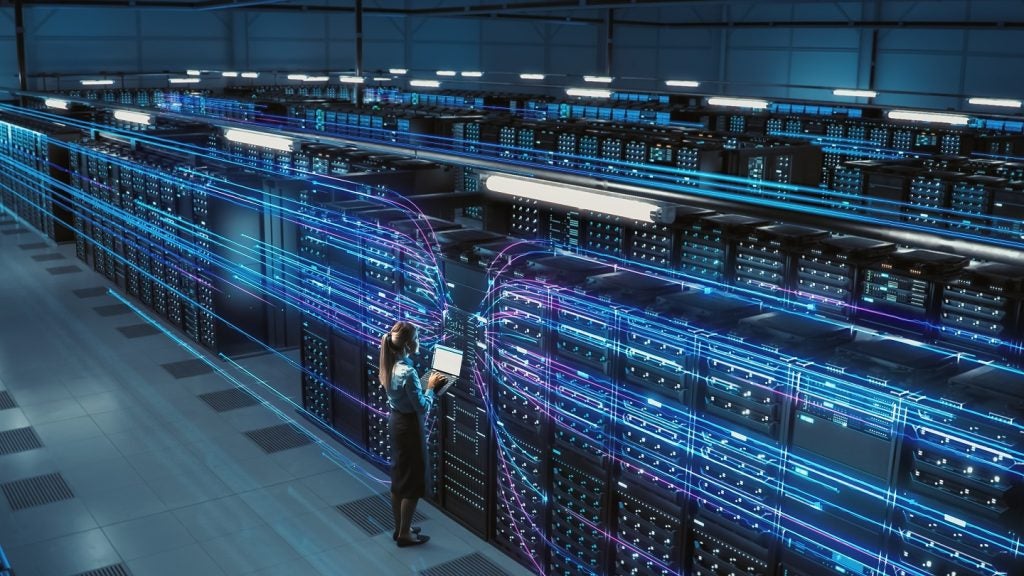The Internet of Things (IoT) data explosion has brought the constraints of data compression and its associated infrastructure to the forefront.
As IoT develops further, an expanding number of increasingly receptive sensors will generate more data, requiring more resources of all types, and re-iterating the imperative of enhancing sustainability across the whole value chain.
The most successful sustainability initiatives are those that manage to blend environmental considerations with commercial gain for double the benefit.
For companies relying on data centers and those who supply the infrastructure that supports data centers, energy use and efficiency are aspects of operations in which ESG and commercial agendas come together.
Earn, burn, and stern concern
As the technical limitations of data compression infrastructure become more pronounced as IoT becomes more ubiquitous, both the problem of sustainability and the imperative to implement it holistically will grow. Significantly high resource usage, like water, energy, space, and personnel, as well as waste, like heat, noise, and associated traffic, help to emphasize the potential positive effects sustainability and ESG agendas can have.
Implementing data compression techniques in data centers can also lead to cost savings in the long run. By reducing the amount of data that needs to be stored, organizations can minimize their storage infrastructure and associated energy costs. More efficient cooling systems, paired with a reduced amount of data needing processing and storing, can help lower the heat generated by data center equipment. As data volumes grow in size, operators need to blend sustainable and cost-effective ways of optimizing infrastructure for expanded functionality and enhancing the ESG credentials or face government scrutiny. Germany, Singapore, and the UK are all pursuing ways in which to control water and energy use in the data center.
How well do you really know your competitors?
Access the most comprehensive Company Profiles on the market, powered by GlobalData. Save hours of research. Gain competitive edge.

Thank you!
Your download email will arrive shortly
Not ready to buy yet? Download a free sample
We are confident about the unique quality of our Company Profiles. However, we want you to make the most beneficial decision for your business, so we offer a free sample that you can download by submitting the below form
By GlobalDataData compression – learn to sojourn in turn
The energy efficiency of data centers can be enhanced by improving the data compression techniques themselves, such as reducing file sizes or by making the file more easily processable. Decreasing file sizes reduces storage requirements, meaning that fewer physical storage devices are needed, subsequently reducing energy consumption.
Smaller compressed data can be transmitted more efficiently over networks too, requiring less bandwidth and reducing energy consumption of network infrastructure. Compressed data can be processed more quickly, saving energy in data processing operations like data analysis and machine learning.
One example of an ESG strategy in data compression is the use of predictive workload configuration to optimize power consumption and reduce resources when workloads are underutilised or unused. This approach allows data centers to scale their infrastructure based on the minimum configuration required to meet each workload, minimizing resource consumption while maintaining performance requirements.
Predictive workload configuration is part of a broader trend in optimizing resource usage. Cloud computing environments are known for their energy efficiency compared to their on-the-ground counterparts and can be deployed in tandem with other strategies to help companies conserve energy.
Churn, intern, and un-learn
The scale of the resource requirements directly associated with digital services is growing, as is the need for oversight and guidance from governments and industries globally.
In London, Thames Water has been considering reducing data centers’ water use directly by fitting pipe restrictors and charging more for water during peak demand. As temperature extremes and climatic unpredictability grow, particularly in drought-stricken areas, water-intensive cooling processes will become more difficult and technologies relying on such resources will struggle to be sustainable. Resource constraints accentuate how partnering with other businesses to build joint data centers and data compression infrastructure can improve sustainability.
Can data compression keep up with resource and sustainability demands?
Modern and energy-efficient infrastructure, sustainable best practices, and circular resource use are all areas in which companies can jointly target carbon footprints more broadly.
Resource efficiency, renewable energy procurement, and research are vital to curbing energy demand and emissions growth in the future and must be enthusiastically advocated for and endorsed by both private and public sectors. Given the International Energy Agency’s (IEA) assessment that data centers and data transmission networks each already account for 1.5% of global electricity use annually, the question remains whether the efficiency gains from improving data compression in all aspects will keep up with resource and sustainability demands.









Related Company Profiles
Thames Water Utilities Ltd